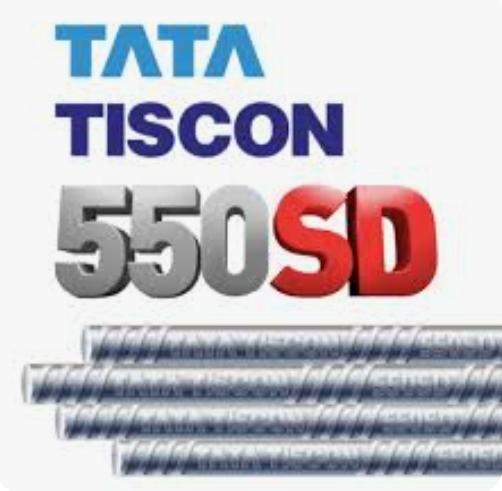GROSS DOMESTIC PRODUCT (GDP): KEY CONCEPTS AND COMPONENTS
Introduction
Gross Domestic Product (GDP) is a crucial economic indicator that measures the overall economic performance of a country. It serves as a barometer of a nation’s economic health and is used to compare the economic growth of different countries over time. This article will delve into the key concepts and components that make up GDP.
1. Understanding GDP
GDP represents the total monetary value of all goods and services produced within a country’s borders during a specific period. It is typically calculated quarterly or annually. GDP provides insights into the size and strength of an economy, reflecting both its production capacity and consumer spending.
2. GDP Components
GDP is composed of four primary components that capture different aspects of economic activity:
a. Consumption (C): This component accounts for the total spending by households on goods and services. It includes purchases of durable goods (e.g., cars and appliances), non-durable goods (e.g., food and clothing), and services (e.g., healthcare and transportation). Consumption is a crucial driver of economic growth, as it reflects consumer confidence and overall demand.
b. Investment (I): Investment refers to the spending by businesses and governments on capital goods, such as machinery, equipment, and infrastructure. It also includes expenditures on research and development (R&D). Investment contributes to future production capacity and is a key factor in stimulating economic growth.
c. Government Spending (G): This component accounts for all government expenditures on goods, services, and transfer payments (e.g., social welfare programs). Government spending plays a vital role in supporting various sectors of the economy and can act as a stabilizing force during economic downturns.
d. Net Exports (Exports – Imports) (X – M): Net exports represent the difference between a country’s exports and imports. If a country exports more than it imports, it has a trade surplus, which adds to GDP. Conversely, if a country imports more than it exports, it has a trade deficit, which subtracts from GDP.
3. Nominal vs. Real GDP
It is essential to distinguish between nominal GDP and real GDP:
a. Nominal GDP: This is the GDP figure reported in current market prices, without adjusting for inflation or deflation. While nominal GDP provides a straightforward measure of economic output, it may not accurately reflect changes in actual production due to price fluctuations.
b. Real GDP: Real GDP adjusts nominal GDP for inflation or deflation, providing a more accurate measure of economic growth. By accounting for price changes, real GDP allows for a more meaningful comparison of economic performance over time.
4. Limitations of GDP
Although GDP is a widely used indicator, it has some limitations:
a. Ignores Non-Market Transactions: GDP does not consider non-market transactions, such as household work or volunteer activities, which can be significant contributors to well-being.
b. Quality of Life Indicators: GDP does not reflect factors such as income distribution, environmental quality, or overall well-being, which are essential for a comprehensive assessment of a nation’s progress.
c. Informal Economy: GDP may not fully capture economic activity in the informal sector, which can be significant, especially in developing countries.
Conclusion
Gross Domestic Product (GDP) remains a crucial metric in assessing a country’s economic performance. Understanding the key components and concepts of GDP provides valuable insights into the drivers of economic growth and allows policymakers to make informed decisions to foster sustainable development.


